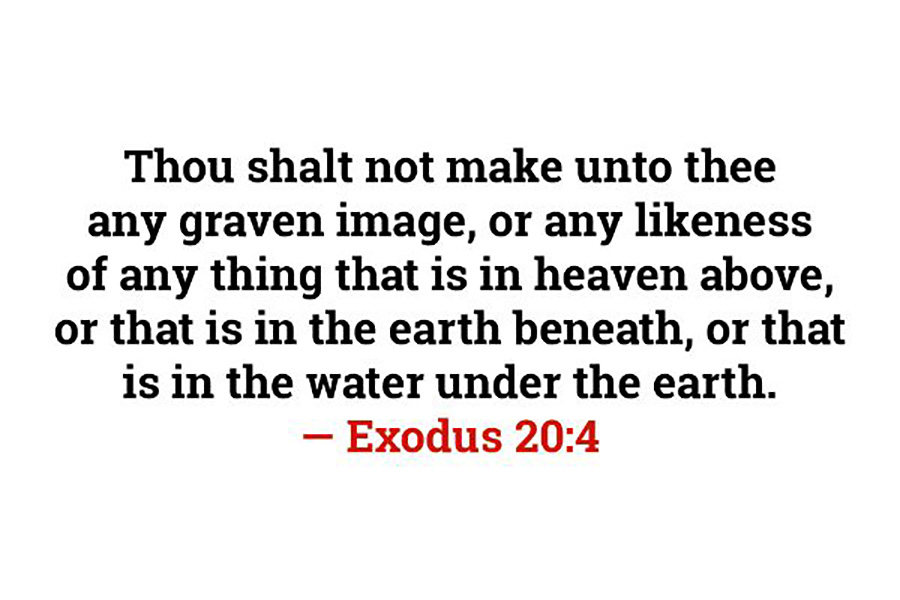The word alat (𐤀𐤋𐤕) means “deity (feminine)” and is the title used for the wife of the chief of most Semitic pantheons.
The Paleo-Hebrew language or the original language of the Ābarayam is one spoken with an emphasis on the rauakh (breath, wind, spirit). With the language of the Ābarayam, each letter has a meaning and a number associated with it that adds meaning to each word they’re used with. Below you will be able to learn more about the letter in Ancient Hebrew, Yiddish Hebrew, Greek, and much more.
Letter Meanings
| Letter | Meaning |
|---|---|
| 𐤀 (a) – ah | Ox, strength, leader |
| 𐤋 (l) – la | staff, goad, control, toward, protect, authority, bind, yoke, lead |
| 𐤕 (t) – ta | mark, sign, covenant, signature, identification of people, places, or things Suffix: turns a word into the feminine counterpart of a masculine word. |
| Ābarayat Number | 431 = 1 (a) + 30 (l) + 400 (t) |
| Hebrew Gematria | 122 = 1 (a) + 20 (l) + 1 (a) + 100 (t) |
| English Gematria | 204 = 6 (a) + 72 (l) + 6 (a) + 120 (t) |
| Simple Gematria | 34 = 1 (a) + 12 (l) + 1 (a) + 20 (t) |
Based on the meaning of the letters the word could be defined as:
- “strength of staff of covenant”
- “strength to control a covenant”
- “strength to protect a covenant”
- “strength of authority (power) of a covenant”
- “strength to bind a covenant”
- “strength to lead a covenant”
- “leader of control of covenant”
- “leader of protection of covenant”
- “leader of authority (power) of covenant”
Definitions for 𐤀𐤋𐤕 / alat
| Language | Word | Transliteration | Pronunciation | Definition |
|---|---|---|---|---|
| Ābarayat | 𐤀𐤋𐤕 | alat | aw-lat | Goddess, goodly, great, idol, mighty one, power, strong. |
| English | goddess | goddess | god-is | a female god or deity. |
| Hebrew | אֵל | elat | al-at | goddess or goddesses |
| Arabic | ||||
| Greek | θεά | thea | theh-ah' | a goddess |
Images for 𐤀𐤋𐤕 / alat



The Title of Alat
The name, or title rather, of 𐤀𐤋𐤕 (Alat) comes from the Ābarayat 𐤀 (alaph) meaning “ox, power, or strength” and 𐤋 (lamad) meaning “staff, goad, control, authority, bind, yoke, or lead” and 𐤕 (tau) meaning sign, covenant, or place. When you put the letters together for the title it could mean “Power of Leader of Covenant”, “Strength of Leader of Covenant”, “Power of Authority of a Place”, or “Strength of Authority of Covenant”.
It is stated that Elat/𐤀𐤋𐤕 (Alat) is a generic term for a goddess but comparing it to the masculine form of 𐤀𐤋 (Al), progenitor of the 𐤀𐤋𐤄𐤉𐤌 (Alahayam), to Anu, progenitor of the Anunnaki, and Anatu, wife of Anu and mother of the Anunnaki, it is probably a title only given to the Supreme Mother Goddess of our people. Whereas, 𐤀𐤋𐤄 (alah) or 𐤀𐤋𐤅𐤄 (alauah) is used for general gods.
The title 𐤀𐤋𐤕 (Alat) is clearly associated with 𐤀𐤔𐤓𐤄 (Asharah) or Asherah in the Phoenician History of Sanchuniathon because the same common epithet (‘Elat) of “the Goddess par excellence” was used to describe her at Ugarit. In the Ugaritic sources, ‘Elat or “goddess”, is the feminine form of ‘El; she is also called Qodeš, “holiness”, in these sources.
Arabian Peninsula
Al-Lat also spelled Allat, Allatu and Alilat, is a pre-Islamic Arabian goddess worshipped under various associations throughout the entire Arabian Peninsula, including Mecca where she was worshipped alongside Manat and al-‘Uzza as one of the daughters of Allah. The word Allat or Elat has been used to refer to various goddesses in the ancient Near East, including the goddess Asherah-Athirat.
Al-Lat is attested in south Arabian inscriptions as Lat and Latan, but she had more prominence in north Arabia and the Hejaz, and her cult reached as far as Syria. She was also worshipped by the Nabataeans and was associated with al-‘Uzza. The presence of her cult was attested in both Palmyra and Hatra. Under Greco-Roman influence, her iconography began to show the attributes of Athena, the Greek goddess of war, as well as her Roman equivalent Minerva.
According to Islamic sources, the tribe of Banu Thaqif in Ta’if especially held reverence for her. In Islamic tradition, her worship ended when her temple in Ta’if was demolished on the orders of Muhammad or Mahomet.
There are two possible etymologies of the name al-Lat. Medieval Arab lexicographers derived the name from the verb latta (to mix or knead barley-meal). It has also been associated with the “idol of jealousy” erected in the temple of Jerusalem according to the Book of Ezekiel, which was offered an oblation of barley-meal by the husband who suspected his wife of infidelity.
It can be inferred from al-Kalbi’s Book of Idols that a similar ritual was practiced in the vicinity of the image of al-Lat. Another etymology takes al-Lat to be the feminine form of Allah. She may have been known originally as ʿal-ʿilat, based on Herodotus’ attestation of the goddess as Alilat.
Al-Lat was used as a title for the goddess Asherah or Athirat. The word is akin to Elat, which was the name of the wife of the Semitic deity El. A western Semitic goddess modeled on the Mesopotamian goddess Ereshkigal was known as Allatum, and she was recognized in Carthage as Allatu.
Definitions for 𐤀𐤋𐤕𐤉 / alatay
When adding the 𐤉 (yad) to the end of a word, it creates a possessive of the original word. It can either signify “my…” or identify a member of a nation. For example, 𐤏𐤁𐤓 (Ābar) is the progenitor, but 𐤏𐤁𐤓𐤉 (Ābaray) is the singular descendant of him also known as a Hebrew.
| Language | Word | Transliteration | Pronunciation | Definition |
|---|---|---|---|---|
| Ābarayat | 𐤀𐤋𐤕𐤉 | alatay | awl-tey | |
| English | ||||
| Hebrew | ||||
| Arabic | ||||
| Greek |
Images for 𐤀𐤋𐤕𐤉 / alatay


Definitions for 𐤀𐤋𐤕𐤉𐤌 / alatayam
When adding the 𐤌 (mayam) after the 𐤉 (yad) to the end of a word, it creates a plural of the original word. It can identify multiple members of a nation. For example, 𐤏𐤁𐤓 (Ābar) is the progenitor, but 𐤏𐤁𐤓𐤉𐤌 (Ābarayam) are the plural descendants of him also known as Hebrews.
| Language | Word | Transliteration | Pronunciation | Definition |
|---|---|---|---|---|
| Ābarayat | 𐤀𐤋𐤕𐤉𐤌 | alatayam | aw-lat-yawm | |
| English | ||||
| Hebrew | ||||
| Arabic | ||||
| Greek |
Images for 𐤀𐤋𐤕𐤉𐤌 / alatayam


Definitions for 𐤀𐤋𐤕𐤉𐤕 / alatayat
When adding the 𐤕 (tau) after the 𐤉 (yad) to the end of a word, it creates a plural of the original word. It identifies the language or a sign of a nation’s existence. For example, 𐤏𐤁𐤓 (Ābar) is the progenitor, but 𐤏𐤁𐤓𐤉𐤕 (Ābarayat) is the language of him also known as Paleo-Hebrew language.
| Language | Word | Transliteration | Pronunciation | Definition |
|---|---|---|---|---|
| Ābarayat | 𐤀𐤋𐤕𐤉𐤕 | alatayat | aw-lat-yawt | |
| English | ||||
| Hebrew | ||||
| Arabic | ||||
| Greek |
Images for 𐤀𐤋𐤕𐤉𐤕 / alatayat


Classification
You can continue your studies of the words by viewing Strong’s entries for: